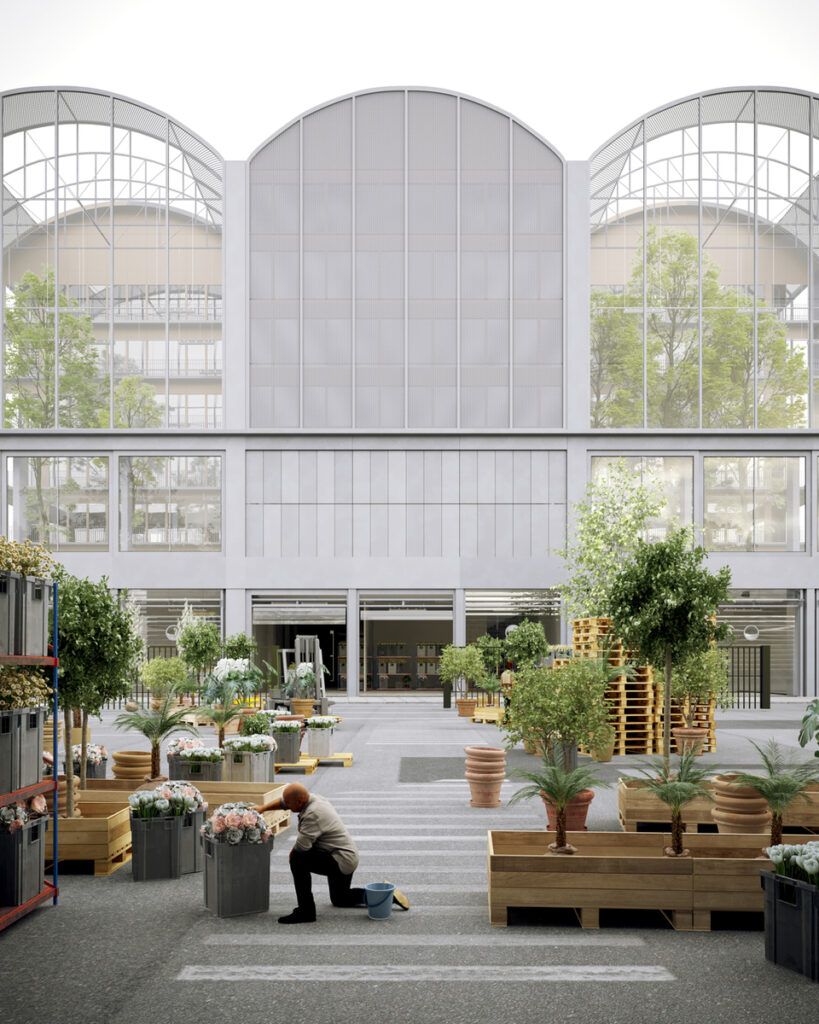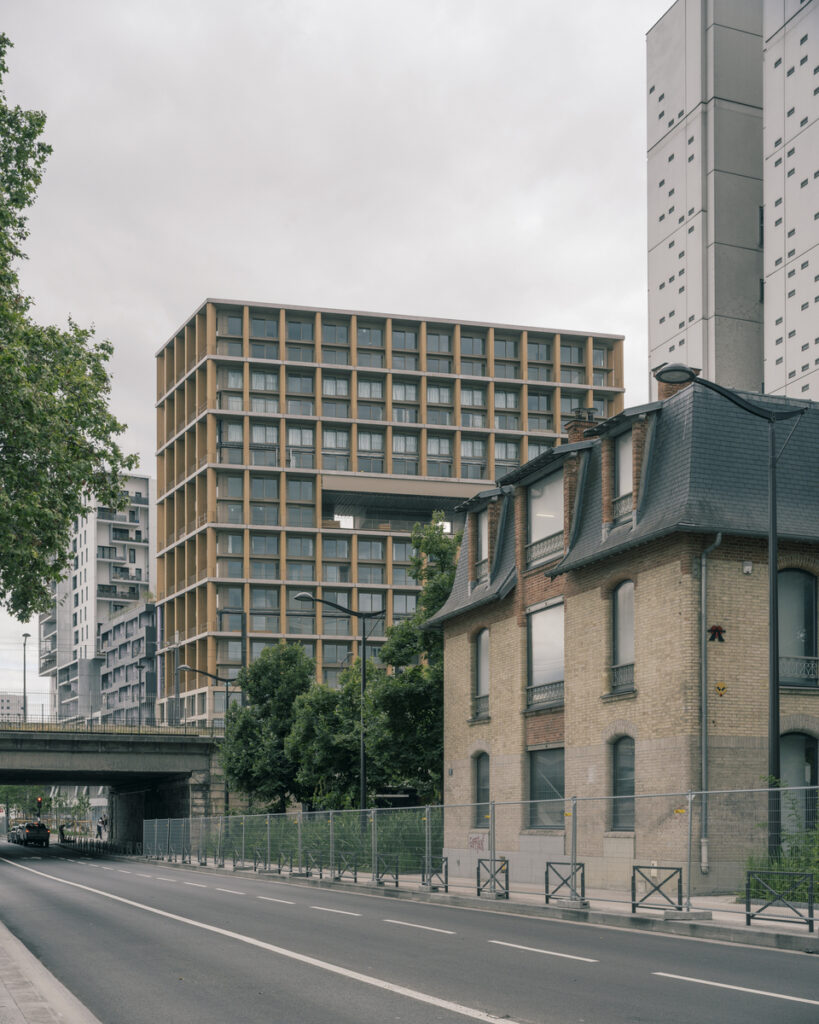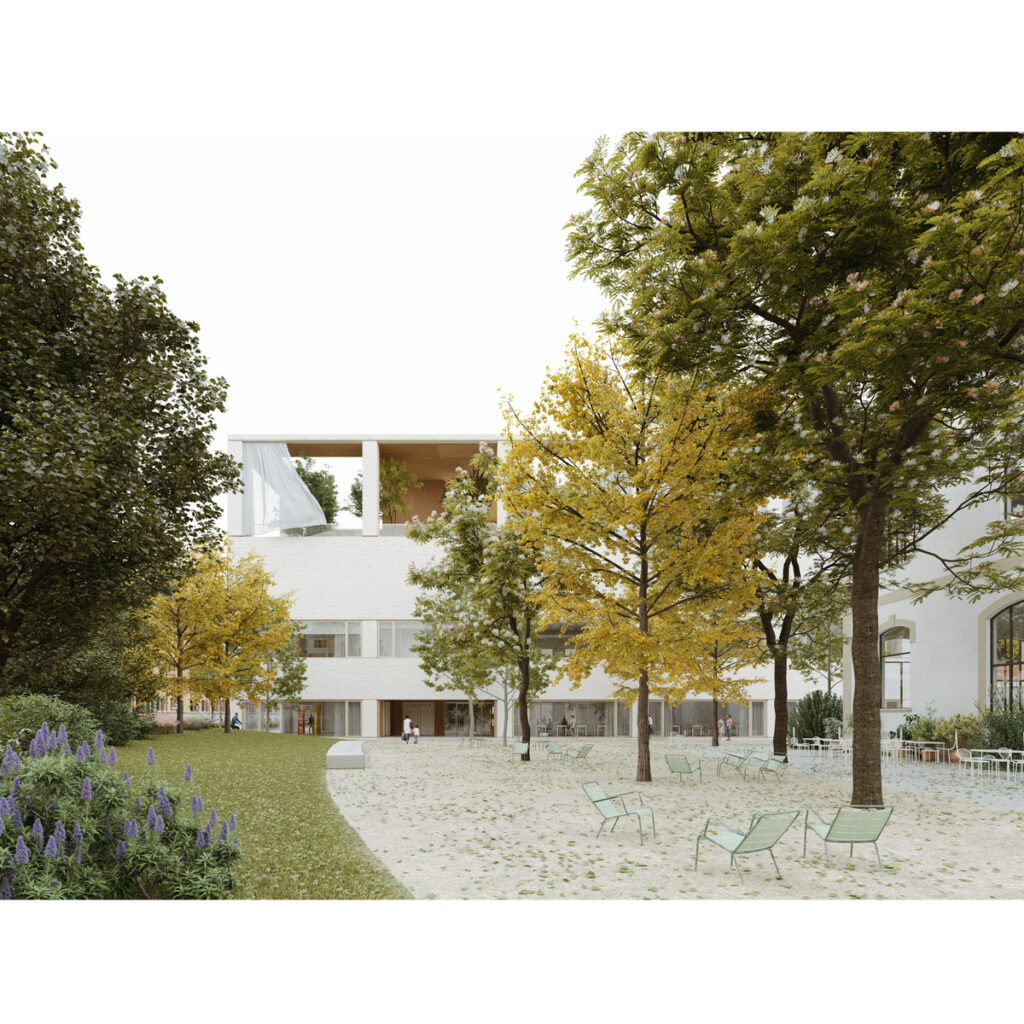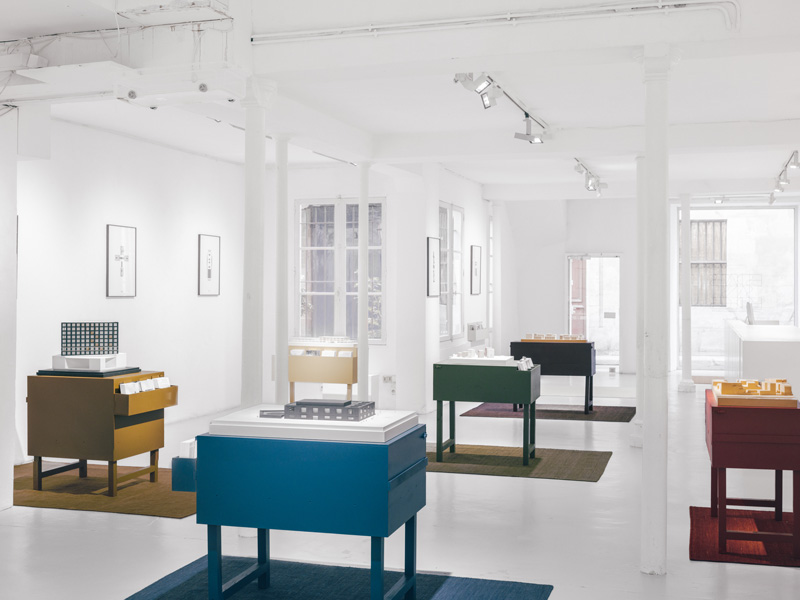The Galerie d’Architecture in Paris presents the exhibition “LAN – Spaces without Species,” an inventory of eleven spaces created by LAN, awarded as BigMat Finalist Prize in France’21, whose definition is open.

„I would like there to be stable places, immobile, intangible, untouched, and almost untouchable, immutable, rooted; places that would be reference points, starting points, sources. … But such places do not exist, and it is because they do not exist that space becomes a question, ceases to be obvious, ceases to be incorporated, ceases to be appropriated. Space is a doubt: I must constantly mark it, designate it; it is never mine, it is never given to me, I have to conquer it.“
Practical info
“LAN – Spaces without Species”
October 8 – November 2
Galerie d’Architecture
11 Rue des Blancs Manteaux, Paris,
France
Fifty years after its publication (1974, éditions Galilée), Georges Perec’s Species of Spaces has never been more relevant. Space is a doubt: from subprime crises, tsunamis, massive fires, droughts, to epidemics, the beginning of this century has shifted societal, environmental, and therefore architectural concerns.

As a symbol of stability and permanence, the art of building now has to deal with an unpredictable future. If the classical period was one of interpretation and the modern period one of prediction, the 21st century marks the beginning of an era of indeterminacy. To turn this state of general uncertainty into a driver for projects, it is essential to observe, describe, and understand a world that has become complex, heterogeneous, and contradictory.


On the occasion of the Spaces without Species exhibition at La Galerie d’Architecture, LAN presents an inventory of eleven spaces (and as many projects) whose definition is open and whose emergence is not tied to functional requirements but rather to a perspective — climatic, social, and sometimes aimed at resolving a contradictory or paradoxical condition.
These are places at the intersection of multiple typologies, climates, and uses. Marked by opportunism, they share the ambition to embody potential responses to climatic, societal, and cultural changes — eleven new species of spaces, or rather, eleven spaces without species.

Founded in 2002 by Benoît Jallon and Umberto Napolitano, the firm LAN (Local Architecture Network) is a distinctive player in contemporary European architecture. Positioned at the intersection of theoretical reflection and a practice deeply rooted in materiality, LAN develops projects that challenge the very concepts of space, porosity, uses, and interactions. More than mere object-oriented architecture, LAN offers an architecture of relationships, a way to connect interior and exterior, individual and city, natural and artificial.

This ongoing dialogue between elements is evident in their most iconic projects, such as the Maillon Theater in Strasbourg. Here, LAN dismantles the traditional boundaries of theater, typically organized around a proscenium. The Maillon becomes an open space, a territory where the distinction between stage and audience, front and back, inside and outside, dissolves. The theater is no longer a fixed place; it becomes a space of flow and movement, able to embrace the unpredictability of contemporary theater. Designed as an open, indeterminate space, it sits at the intersection of the city and the institution, inviting the public to a new experience of performance. Awarded the Equerre d’argent in 2020, this project exemplifies LAN’s ability to reinvent existing typologies to meet contemporary needs.
This interplay between nature and culture, between what is built and what escapes construction, also characterizes the Îlot des Mareyeurs project in Bordeaux. In this complex, which lies between industrial architecture and a large greenhouse, LAN reimagines the workspace. At a time when traditional offices no longer accommodate new forms of collaboration and interaction, LAN offers a hybrid architecture, where informal and passive climatic spaces are integrated with offices, creating an environment that blurs the boundaries between inside and outside, between domestic and professional. This project highlights the agency’s attention to the sensory and climatic dimensions of space while responding to current ecological challenges.

LAN’s dedication to the interaction between architecture and environment takes a nearly literal form in Rome, with the Grande Maxxi project. This new multifunctional building, part of the renowned MAXXI museum complex, includes archives, exhibition spaces, and laboratories. However, the real innovation lies in its rooftop garden, a true ecosystem that extends the demineralization of public spaces initiated by the museum. Situated between nature and artifice, this garden becomes a place of contemplation and climatic experimentation, offering a new perspective on the city while engaging in a dialogue with Zaha Hadid’s iconic architecture.
In the Wood-Up project in Paris, LAN further explores materiality and sustainability. This 50-meter-tall tower, entirely built of wood, provides both a technical and poetic response to urban construction challenges. Here, wood takes center stage in an unprecedented typological exploration. In a context where reducing carbon emissions is crucial, this BBCA-certified tower stands out not only for its height but also for how it redefines collective vertical living in a wooden structure. Far from being merely an ecological manifesto, Wood-Up is a tangible proposal for a more environmentally respectful urban lifestyle, grounded in the aesthetic and functional concerns of the contemporary city.

LAN’s projects are far from self-contained architectural objects; they are embedded in a contextual approach. Each intervention questions how architecture can improve quality of life while fully integrating climatic, social, and urban constraints. In this sense, LAN’s work goes beyond construction. Their reflections extend to architectural debate through exhibitions and publications that challenge traditional urban models. At the 2016 Venice Biennale, they explored new housing models with the experimental housing in Bègles. Their exhibition „Haussmann – Model of a City“ at the Pavillon de l’Arsenal in 2017 examined the relevance of the Haussmannian model in the 21st century. With their publication Napoli Super Modern (2020), they delve into the modernist architecture of Naples, revealing once again their interest in the history of urban forms and their adaptation to contemporary challenges.
LAN is currently working across Europe (France, Belgium, Germany, Italy, and Slovenia) and is expanding internationally through projects in the Middle East and Asia.

